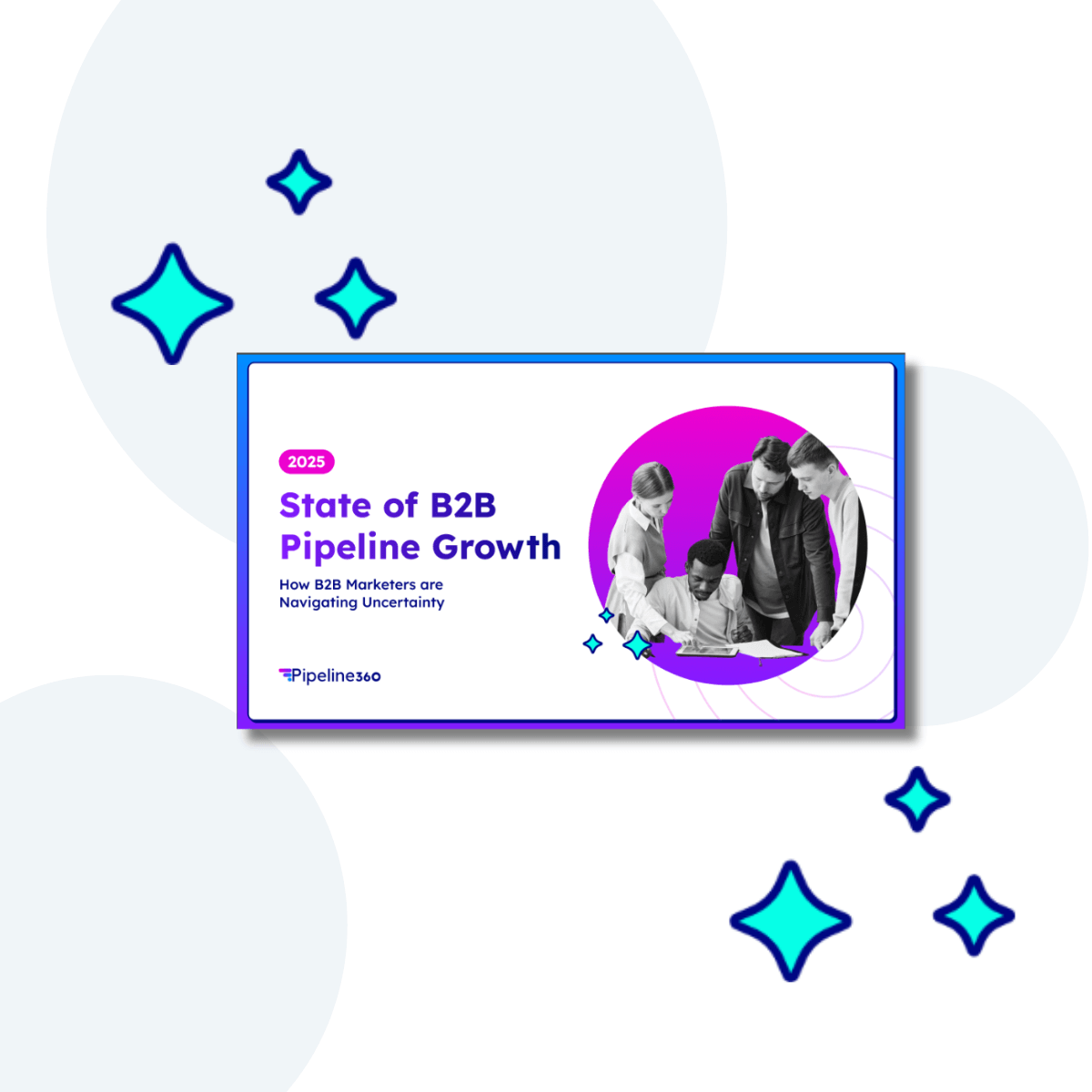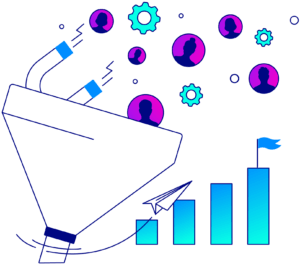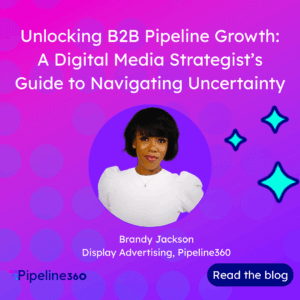As B2B marketers in APAC enter a more mature, data-informed, yet increasingly unpredictable era, pipeline growth has become a balancing act. Growth is no longer about just generating leads—it’s about nurturing intent, aligning with sales, and adapting to longer sales cycles and expanding buying groups.
I recently moderated a panel at the B2B Marketing Leaders Forum in Sydney alongside Marcelo Bussacarini, Global Network Security & AI Security Marketing, Cisco; Michaeli Gotley, Head of Marketing APAC, Rubrik; and Craig Mills, APAC Head of Demand Generation & AI Marketing Transformation Lead, IBM. We discussed how they’re navigating the new pipeline reality in the APAC region. Here’s what we learned.
1. Mid-Funnel Mayhem: Engagement Isn’t What It Used to Be
A recurring theme across conversations was the growing challenge of mid-funnel engagement. Top-of-funnel (TOFU) efforts still drive volume but converting that attention into meaningful mid-funnel movement is far more complex than before. In our recent 2025 State of B2B Pipeline Growth research, we found that only 36% of APAC B2B marketers are confident in their company’s ability to reach its target audience.
At IBM, Craig admitted that while the brand has strong engagement with existing customers and those familiar with the IBM name, winning net-new logos remains a core challenge. “It’s hard to create compelling entry points when you don’t even know the segment,” he noted, emphasising the importance of audience focus and personalised targeting. The key, he believes, is starting with a better understanding of who the new clients are and tailoring outreach accordingly.
Rubrik is seeing strong TOFU response, especially from event-driven engagement. They’ve learned to use this top-layer interest to diagnose pain points and personalise follow-ups. But as buying groups grow more diverse, “there’s no one-size-fits-all,” Michaeli noted. Engagement has to be segmented and tailored from the start.
Cisco, meanwhile, has been doubling down on the middle of the funnel. Marcelo shared that while webinar sign-ups are at an all-time high, attendance is dropping. “People are signing up to get the topic reminder, then using AI to research it on their own.” Instead, physical events have driven more impactful conversations, particularly when marketing works closely with sales to ensure the right accounts are in the room.
2. Longer Sales Cycles, Bigger Buying Groups, Tighter Budgets \
The average B2B sales cycle in APAC has stretched considerably. Our State of B2B Pipeline Growth research found that 74% of B2B marketers report longer sales cycles with 41% experiencing moderate to significant increases of two to six months.
Cisco reports that what used to be a 6-month cycle is now closer to 9–12 months, with buying groups that often include at least one C-level stakeholder. “It’s become more expensive and complex to target top accounts,” Marcello said.
Yet rather than retreat, Cisco is doubling down on support throughout the funnel, even after the marketing-to-sales handoff. Virtual and in-person events are regaining traction for conversion, especially as buyers become more selective and self-educated.
At Rubrik, Michaeli’s emphasis is on arming sales with the right content at every stage, not just rushing to a demo. Understanding what happens post-MQL is key.
Meanwhile, for Craig at IBM, it’s about diagnosing why deals stall: is it market conditions, the offer itself, or internal alignment issues? Their approach focuses on channel expertise and GTM alignment between sales and marketing.
3. Sales & Marketing Alignment: Still a Work in Progress
Despite decades of discussion, sales and marketing alignment remains a core tension, especially in a region as diverse as APAC. All three companies shared strategies that are helping close the gap.
Craig at IBM introduced a powerful metaphor to clarify ownership: “Who’s got the ball?” If it’s current-quarter pipeline, sales leads. If it’s for next quarter or beyond, marketing owns it. This clarity has helped IBM stay focused on total business pipeline rather than being too reactive.
Michaeli at Rubrik emphasized granular support, tailoring efforts by region, product, and BU. They avoid overwhelming sales with marketing jargon and instead focus on pipeline health as the top priority, followed by marketing ROI.
Cisco’s approach is one of deep partnership. “Listen to sales – really listen,” Marcelo shared. “Sometimes it’s a two-hour therapy session, but it’s worth it.” Language matters, too: avoiding overly technical marketing terms helps keep the relationship human and aligned.
4. Metrics That Matter: From Vanity to Value
In the quest for smarter growth, all three companies have re-evaluated their dashboards.
Michaeli at Rubrik tracks the usual suspects—impressions, responses, MQLs—but keeps their eye on one North Star metric: quality pipeline. IBM, after a phase of metric overload, scaled back to a handful of KPIs. “Pipeline is number one,” said Craig. “Then it’s about process, sales buy-in, and scalable rhythm.”
Marcelo’s focus at Cisco is on accelerating pipeline conversion by surrounding target accounts with relevant touchpoints. Marcelo also prioritises understanding the cause and effect behind performance: are leads translating to deals? What’s happening regionally? Where are the friction points?
Final Thoughts: The APAC Playbook Is Still Being Written
While every organisation is experimenting, iterating, and evolving, some things remain clear:
- Personalisation is no longer optional—you can’t engage what you don’t understand.
- Sales and marketing must share the same scorecard, and the same language.
- Accountability and communication are the strongest tools during tough times.
- Events—both virtual and physical—are resurging as key mid- and bottom-funnel accelerators.
In 2025, B2B marketing in APAC is not about choosing between brand or demand, data or creativity, TOFU or BOFU. It’s about orchestrating all of it with precision and empathy, guided by the singular goal of driving quality pipeline growth in a shifting landscape.






